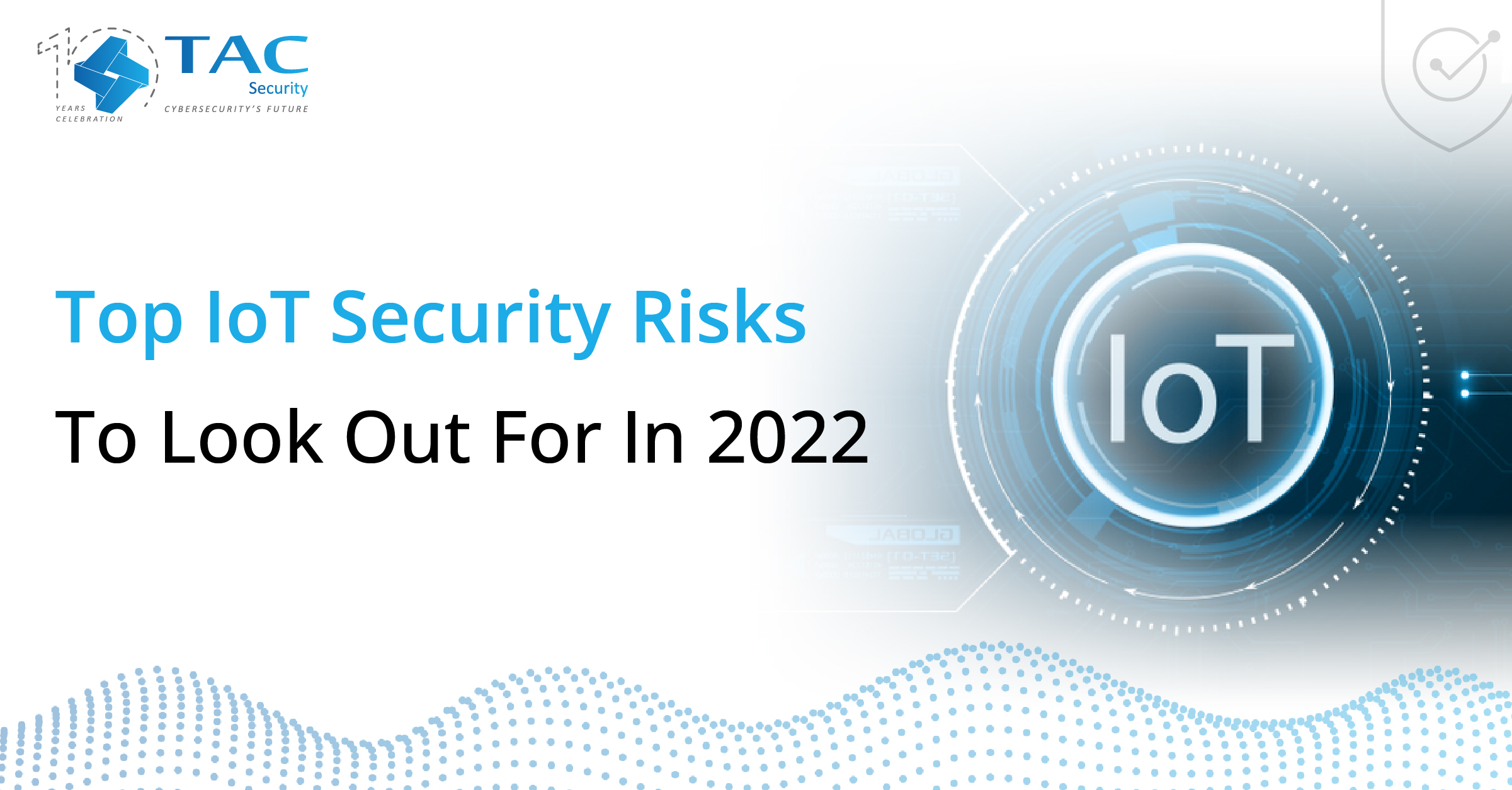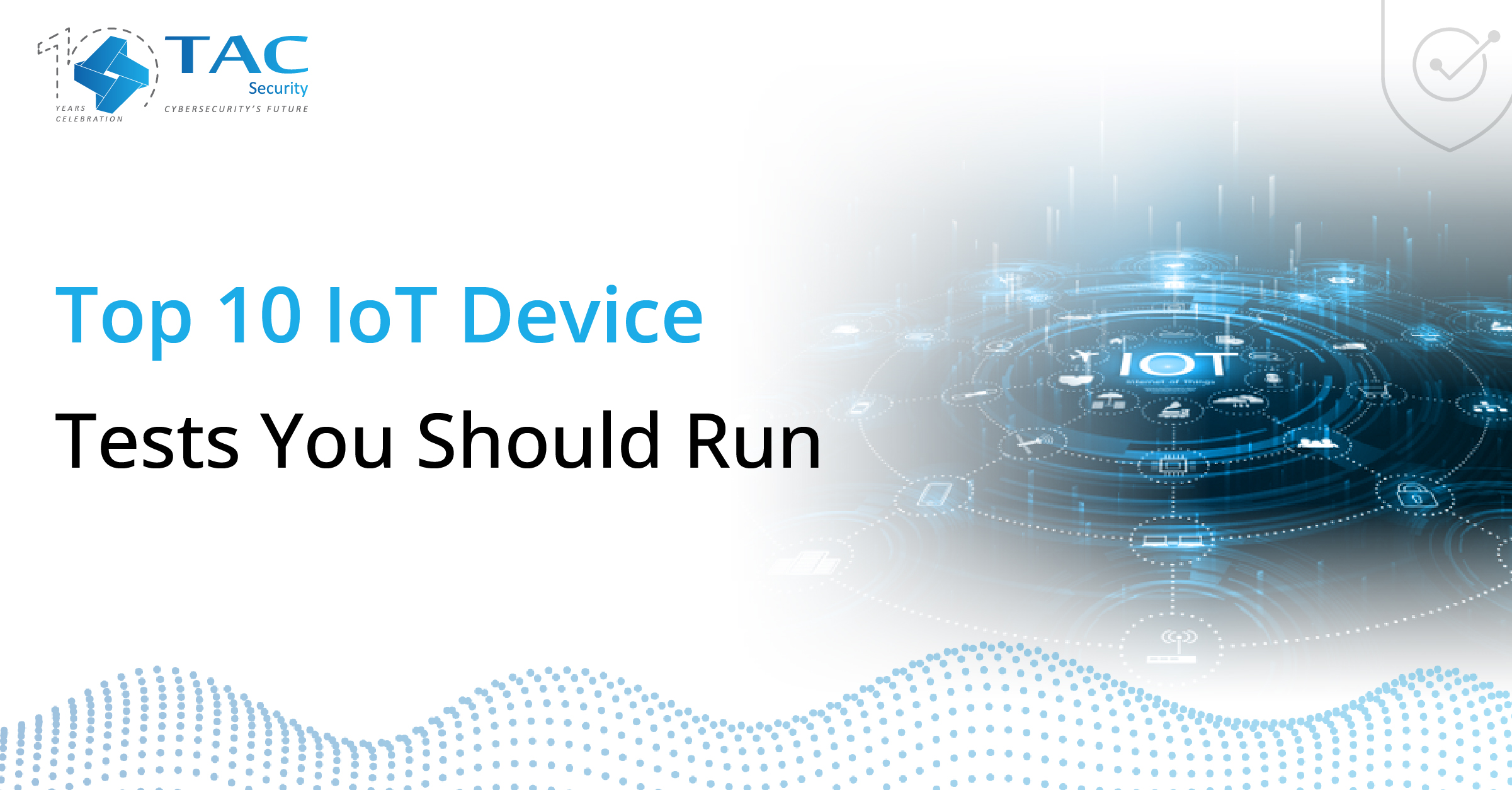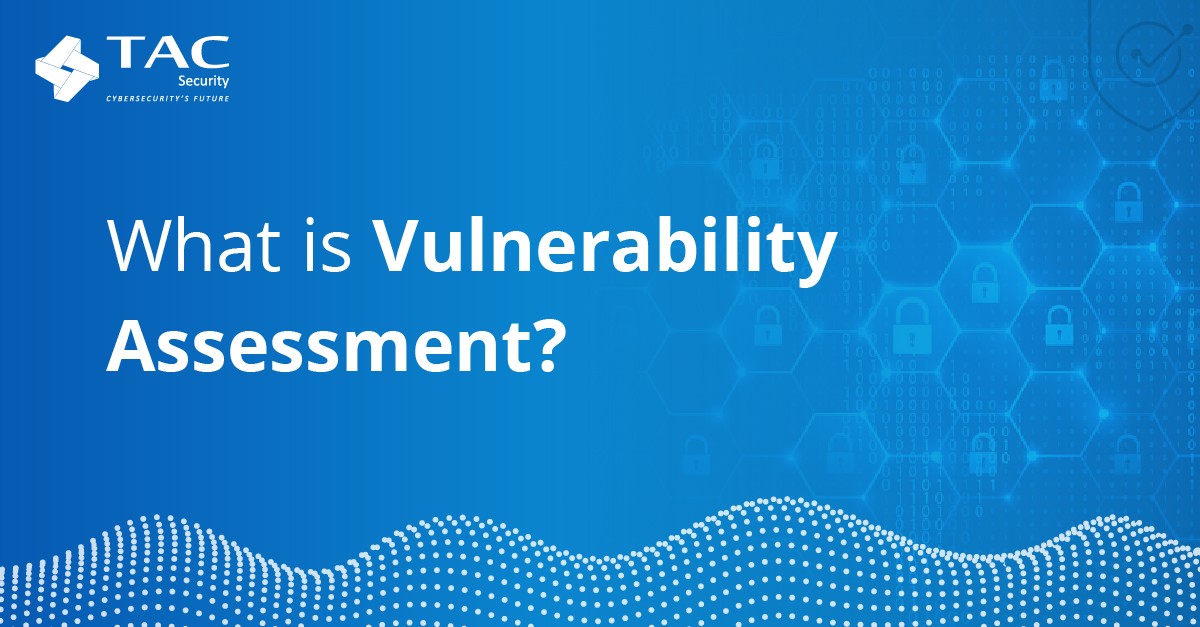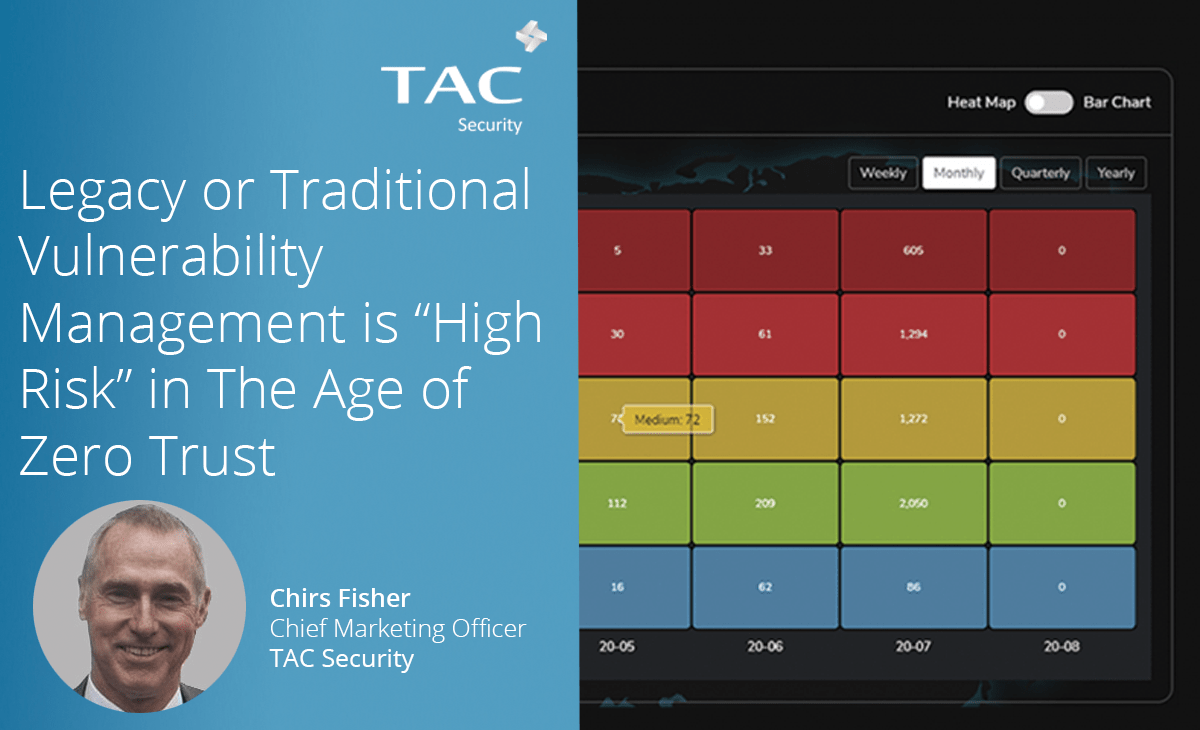
As the Internet of Things (IoT) continues to grow, security risks are also increasing. Attackers are exploiting vulnerabilities in IoT devices to steal data, cause disruptions, and carry out attacks. In this blog, we will discuss the top IoT security risks to look out for in 2022.
- Weak Authentication: Weak authentication is one of the most common vulnerabilities in IoT devices. Many devices have default usernames and passwords that are easy to guess, making them vulnerable to brute-force attacks. It is essential to have strong authentication mechanisms to prevent unauthorized access.
- Insecure Communication: IoT devices communicate with each other and with the internet, making them vulnerable to interception and tampering. Insecure communication protocols such as HTTP can be easily intercepted, allowing attackers to steal data or carry out attacks. It is essential to use secure communication protocols such as SSL/TLS to protect data in transit.
- Lack of Security Updates: Many IoT devices do not receive regular security updates, making them vulnerable to known vulnerabilities. Attackers can exploit these vulnerabilities to gain unauthorized access to the device or steal data. It is essential to regularly update the firmware and software to fix any security issues.
- Inadequate Encryption: Encryption is a critical component of IoT security, as it protects data during transmission. However, many devices use inadequate encryption that can be easily broken. It is essential to use strong encryption mechanisms such as AES to protect data.
- Poor Physical Security: Physical security is often overlooked in IoT devices, making them vulnerable to physical attacks. For example, attackers can gain physical access to the device and extract sensitive data or install malware. It is essential to have robust physical security mechanisms such as tamper-resistant packaging and anti-tampering mechanisms.
Conclusion
It is crucial to be aware of these risks and take appropriate measures to secure IoT devices and networks. This includes designing devices with security in mind, implementing strong authentication and authorization mechanisms, using adequate encryption, patching and updating devices regularly, implementing network segmentation, and being vigilant for supply chain attacks and rogue IoT devices.
To learn more about ESOF and how it can help protect your organization, visit TAC Security’s website today.
Download a Data Sheet for more information!




